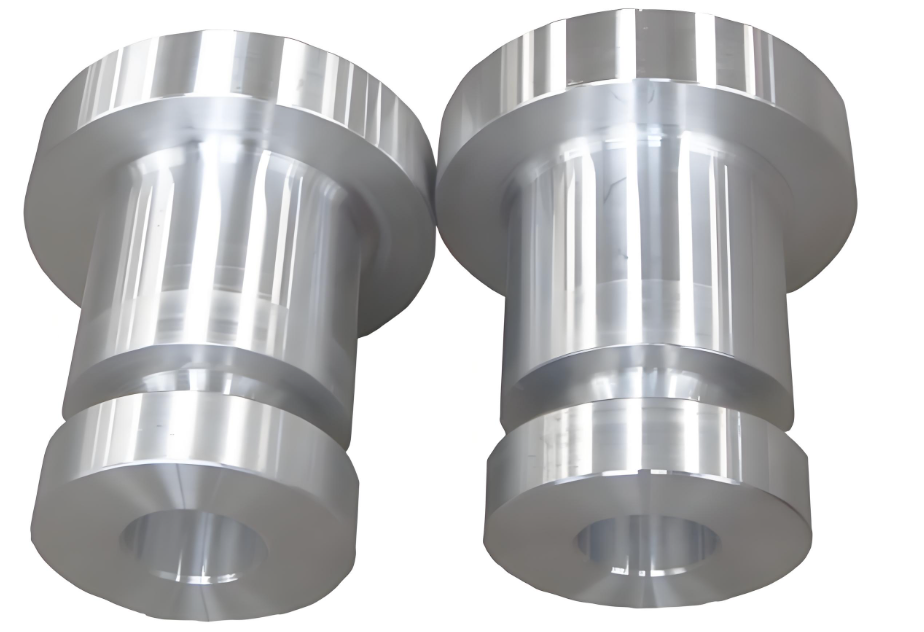AISI 4130 is a low alloy steel known for its strength, toughness, and weldability, commonly used in oil and gas, aerospace, and automotive industries. While the standard composition of 4130 includes chromium and molybdenum, some manufacturers may choose to include a small amount of nickel (typically ≤0.5%) to improve certain mechanical properties. This optional addition of nickel introduces several differences in the forging and production process compared to traditional nickel-free 4130.
1. Raw Material Selection and Cost Impact
The first noticeable difference is in raw material sourcing. Nickel-containing 4130 typically requires stricter control over alloy composition, often needing higher-grade billets or ingots with tighter specifications. Nickel, being more expensive than most other alloying elements, also increases the overall material cost, which can impact production budgeting and inventory planning.
2. Heat Treatment Adjustments
Nickel acts as an austenite stabilizer and has a notable influence on hardenability. When nickel is added to 4130, the steel tends to harden more deeply during quenching, which can reduce the risk of through-hardening issues in thicker sections. As a result, for nickel-containing 4130 forgings, heat treatment parameters such as austenitizing temperature and quench rate may need to be fine-tuned to avoid excessive hardness or brittleness. Conversely, nickel-free 4130 may require more aggressive quenching or longer soak times to achieve uniform hardness.
3. Forging Temperature and Process Control
Nickel-bearing 4130 may exhibit slightly different thermal behavior during forging. Due to its enhanced hardenability, it can be more sensitive to cooling rates post-forging, increasing the risk of quench cracks or residual stresses. Manufacturers may need to adopt slower or more controlled cooling practices, or additional stress relief steps. In contrast, nickel-free 4130 is generally more forgiving during post-forging cooling and can be processed with standard air or oil quenching without much concern.
4. Mechanical Property Variations
The addition of nickel enhances toughness, particularly at lower temperatures, and can slightly improve tensile strength and yield. Therefore, for critical applications where low-temperature impact performance is essential (such as sour service environments), nickel-containing 4130 may be specified. This affects not only the material certification process but also mechanical testing and quality control, which may need to include additional impact tests or tighter acceptance criteria.
5. Compliance and Certification
Certain industry standards (e.g., NACE MR0175 for sour service) may place restrictions on nickel content due to hydrogen embrittlement concerns. As such, the presence or absence of nickel can determine whether a forging is compliant with specific customer or industry requirements. Producers must clearly distinguish between nickel-containing and nickel-free grades throughout the process—from melt to final inspection—to ensure traceability and compliance.
In conclusion, while nickel-containing and nickel-free 4130 forgings may appear similar, their production processes differ in material handling, thermal treatment, mechanical performance, and compliance. These differences must be carefully managed to produce consistent, high-quality components tailored to their intended applications.
Post time: Jun-06-2025





